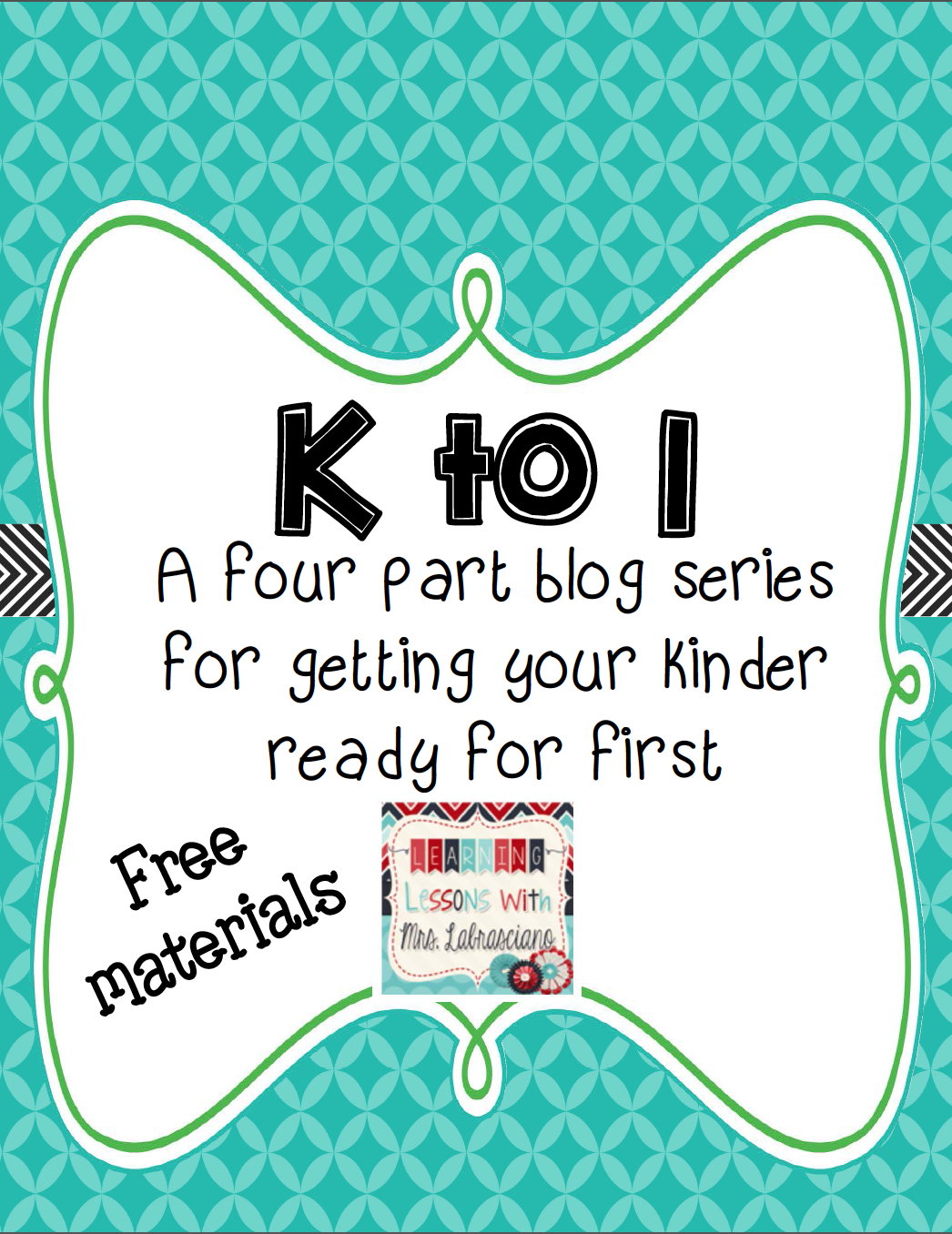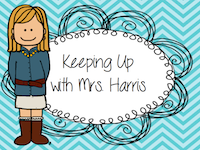 |
| Getting Ready for First Grade |
First grade is an amazing year for children. It is awe inspiring to see how they grow from emergent readers into budding chapter book readers. I am teaming up with some fantastic teachers,
My Mommy Reads,
Keeping Up with Mrs. Harris and
FunInRoom3 to create a four part blog series to help you prepare your kindergartner for first grade reading readiness. Below you will find a step by step process of the phonics curriculum that I teach my first graders and tips on how I taught my own children to read.
There really is no magic bullet for learning how to read. My number one tip for parents is to dedicate 30 minutes each day to read with your child. Teach your children to love reading. Make sure that you get a variety of books from fiction to non fiction. My number one tip for teachers is to explicitly teach a phonics curriculum each day in class. That brings us to my portion of the blog series.
Phonics
My all time favorite phonics book for teachers is "Phonics From A to Z". It explains the whys and hows of phonics. It has every phonics rule and how applicable each one is to the English language. It also has lists of words for every phonics sound. There isn't a year that goes by that I don't reference it for words to teach my students.
 |
| Phonics |
I taught all three of my girls to read with BOB books. I think that they are a must have for parents. These books are so wonderful because they start at the very beginning of the reading process. Each book builds on the next. These books make children feel very successful.
Caution! Please don't confuse these books with the character easy reader books. There are several publishers who make these books and usually number them for beginning reading and up. I have found that they aren't always leveled properly and could leave a child feeling very discouraged.
Step-by-Step
This is the order that I follow for phonics instruction in my classroom. As a teacher I can't assume that my students have all of their foundational skills. If you are working with your kindergartner, they should know all of their letter sounds including short vowel sounds, some long vowel sounds and beginning blends. If you aren't sure where your kinder is, just start at the beginning and see where their needs lie.
Short A
Short E
Short I
Short O
Short U
cr,gr,tr
nd, nk, st, nt
sh, Th.
bl, cl, fl
silent e
sl, sn, so
ch, th
str, spl, scr
ai, ay
double vowel teams
e, ee, ea
y
ow, oa, o
i, igh, y
ar
or
ir, er, ur
ou, ow
oo
oo
au, aw
oi, oy
The average class spends a week on each sound with the exception of silent e and double vowel teams. Silent e usually takes two weeks of explicit teaching for the average first grader. Some gain the skill with ease, others need reinforcement in guided reading. You will see with the list above that I teach the double vowel rule explicitly and then support it with other letter pairs afterwards. If you are a parent teaching your child these phonics skills, I would work at the child's pace. If they have the sound and are ready to go on then don't hesitate to move forward.
A Typical Week of Phonics
If you are a kindergarten teacher and your class has mastered your phonics skills consider moving on to the first grade list. Below is what a typical week of phonics instruction looks like in my classroom.
Monday- Introduction of sound. Explicit instruction of sound and words that contain the sound.
Tuesday- Review the sound through explicit teaching. Children will build words with the sound. They use letter tiles, white boards, magnets, etc.
Wednesday-Review the sound through explicit teaching. Children write the word in sound boxes. Research has shown that this helps aid the early learner in remembering the spelling pattern.
Thursday- Review the sound through explicit teaching. Children play board games where they read words that contain their sound from the week.
Phonics Games
Friday- Review the sound through explicit teaching. Phonics assessment.
Free Phonics Materials
I've put together a freebie pack of short vowel sounds just for you.
 |
| Free materials for 1st Grade |



Please welcome Amy our guest blogger for the next essential part of 1st grade reading readiness. I met Amy through Instagram. I love that I get to see what she's doing in her class through pictures.
Phonemic Awareness
Hi everyone! Thank you Amy for allowing me to be a guest blogger! Let me introduce myself. My name is Amy. I’ve been teaching for 9 years. I taught kindergarten my first year and have been teaching 1st grade for the last 8 years. I absolutely love seeing the growth that happens in first grade. It is amazing to see first graders become fluent readers and writers. My post will be dedicated to phonemic awareness. Students must have a strong understanding of spoken language before they are able to understand written language. Phonemic awareness is the ability to hear the sounds that make up words, see the relationship between sounds and rearrange sounds to create new words. It is truly one of the building blocks for foundational reading skills. Before phonic skills are taught, it is essential to teach phonemic awareness skills. Phonics instruction is based on a child’s ability to segment and blend sounds that he or she hears. My school follows the MacMillan/McGraw Hill California Treasures Language Arts program. It includes a daily phonemic awareness activity. In addition to these activities, I will share several other activities that I use to teach phonemic awareness. One of my favorite books to teach phonnemic awareness is Phonemic Awareness by Creative Teaching Press. There are so many different activities and games to teach phonemic awareness. The book has activities based on the different levels of phonemic awareness.

One of the activities that my class loves is the Draw-a-Rhyme Story. I have done this activity as a collaborative drawing on the whiteboard with each student drawing a part of the picture. Recently, I had a few extra minutes and gave each student a piece of paper to draw their own. I read the rhyme aloud. They orally told me the underlined word to complete the rhyme as they drew that part. Below is an example of the clown Draw-a-Rhyme.
Another one of my go-to resources for quick phonemic awareness activities is this flip book by www.kidzcanlearn.com. It is another resource that I use if I have a few extra minutes. Each card on the flip book has a different prompt with many different words to use. For example, the page below says, “Do ____ /_____ rhyme? What rhymes with ____?” Another page says, “ Do ____ /____ have the same ending sound?

I often ask my students to tell me the sounds in words. I have them hold up 1 finger for each sounds they hear or say. An example is to give them a word such as cat and ask for the sounds they hear in the word. They should say c-a-t and hold up a finger for each of the soundsin cat. One of my all-time favorite classroom tools are my whiteboard paddles by www.kleenslate.com. I’ll be honest, my teaching partners mother – in- law invented them, but I would love them all the same if that were not the case!! I use them for everything! When students are ready for phonemic awareness activities that are not completely verbal, I use these boards. I tell them a word sound by sound and they write it or I tell them the whole word and they will say the sounds and then write. I will also say a word and have them draw aquick picture of the rhyming word.
Mrs. Harris has the next part of our blog series. You won't want to miss what she has to say about sight words!!! Check her blog out>
















































